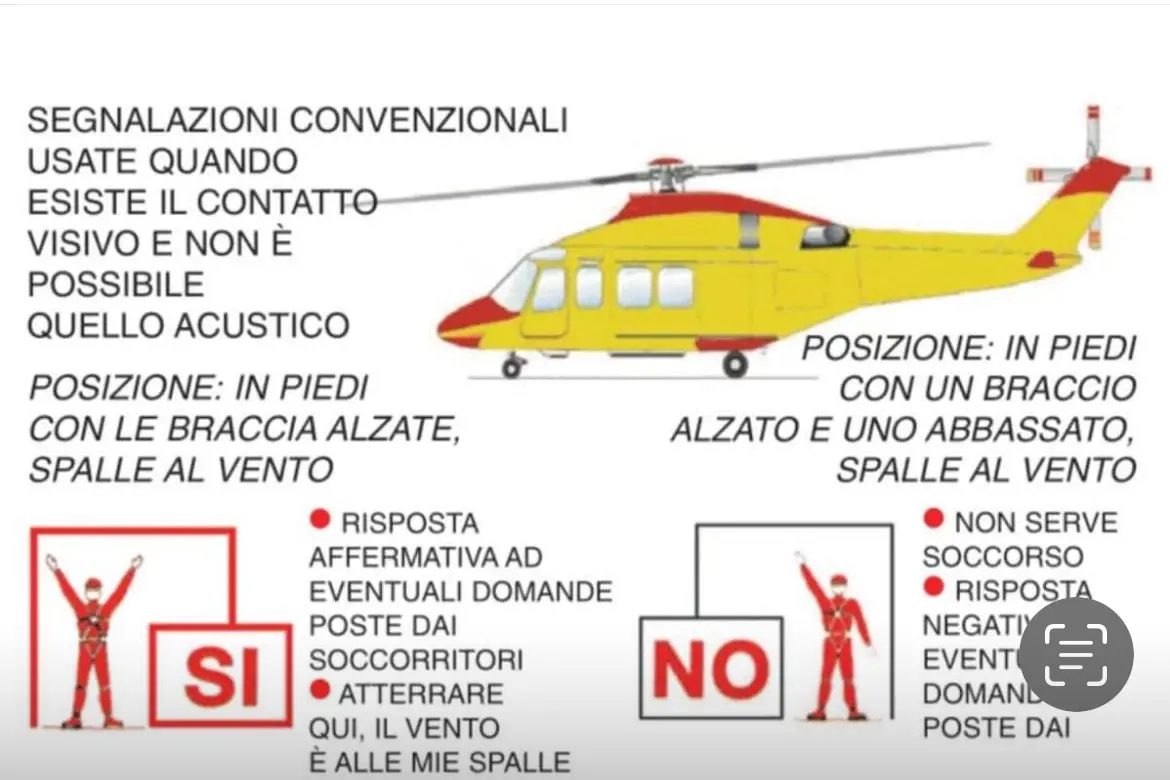"Never wave at the rescue helicopter": the 118 appeal to hikers in the Supramonte
Pilots' advice to those who find themselves riding the trails: "Signs from the ground can deceive us"Per restare aggiornato entra nel nostro canale Whatsapp
Advice from 118 also arrives on the web.
They are those of the Facebook profile Elisoccorso Sardegna , who are often found in the Supramonte having to decipher, in conditions of complicated intervention, the signals of people on the ground, hidden by the thick undergrowth.
This advice is given by the pilots of the 118 helicopters, who, during the search for injured hikers, have repeatedly found themselves faced with people who, unaware of the rescue operation, gesticulated to greet the helicopter, thus wasting precious time.
"When you are in the bush or in the Supramonte and you see the yellow helicopter flying slowly at low altitude, with the door open, lights on and that stops almost above you, these are the signals that we expect from those on the ground", explains Filippo de Vita on social media, attaching a simple illustrative sign on conventional signals. These are simple signals that, when it is not possible to communicate with words - for example by cell phone or radio - allow clear communication between those on the ground and those flying in the helicopter". So how do you respond to the helicopter in flight if you are the one calling for help? The affirmative response consists of standing with your arms raised and your shoulders facing the wind. If you do not need help, just raise one arm while the other remains lowered, always with your back to the wind.
"Often," explains the helicopter rescue pilot, " tourists can deceive us: it happened that a rescuer was lowered with the winch only to discover later that it was not the group that needed help." Never say hello to the helicopter, in other words: you should never "wave hello" to the helicopter from the ground.
In the bush, in fact, there are no streets or house numbers, and directions are provided through geographic coordinates or specific areas. But precisely for this reason, within a short distance, there can be several groups of tourists, which makes it even more difficult to identify those who really need help. «Complications increase when, in the presence of thick vegetation, «as happens in this period – adds the pilot – hunters wear orange jackets», easily confused with those of rescuers. Clear and precise communication is therefore essential, as it helps save precious minutes during rescue operations. Hence the decision to entrust the message to social media.
